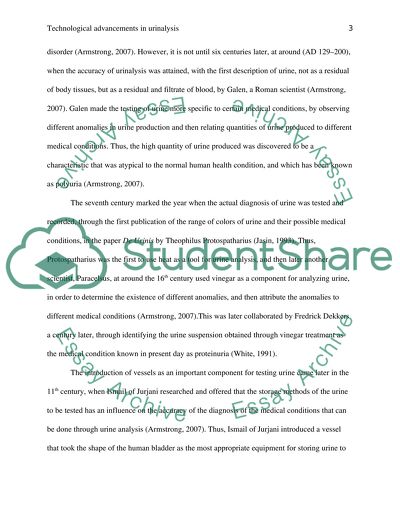Cite this document
(“Technological Advancements in Urinalysis Research Paper”, n.d.)
Technological Advancements in Urinalysis Research Paper. Retrieved from https://studentshare.org/health-sciences-medicine/1666094-technological-advancements-in-urinalysis
Technological Advancements in Urinalysis Research Paper. Retrieved from https://studentshare.org/health-sciences-medicine/1666094-technological-advancements-in-urinalysis
(Technological Advancements in Urinalysis Research Paper)
Technological Advancements in Urinalysis Research Paper. https://studentshare.org/health-sciences-medicine/1666094-technological-advancements-in-urinalysis.
Technological Advancements in Urinalysis Research Paper. https://studentshare.org/health-sciences-medicine/1666094-technological-advancements-in-urinalysis.
“Technological Advancements in Urinalysis Research Paper”, n.d. https://studentshare.org/health-sciences-medicine/1666094-technological-advancements-in-urinalysis.


